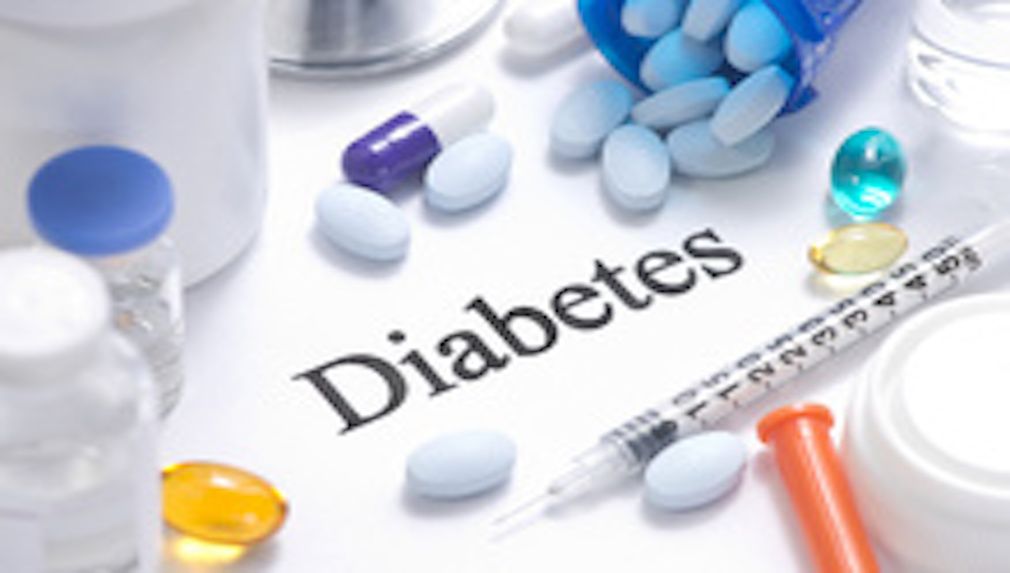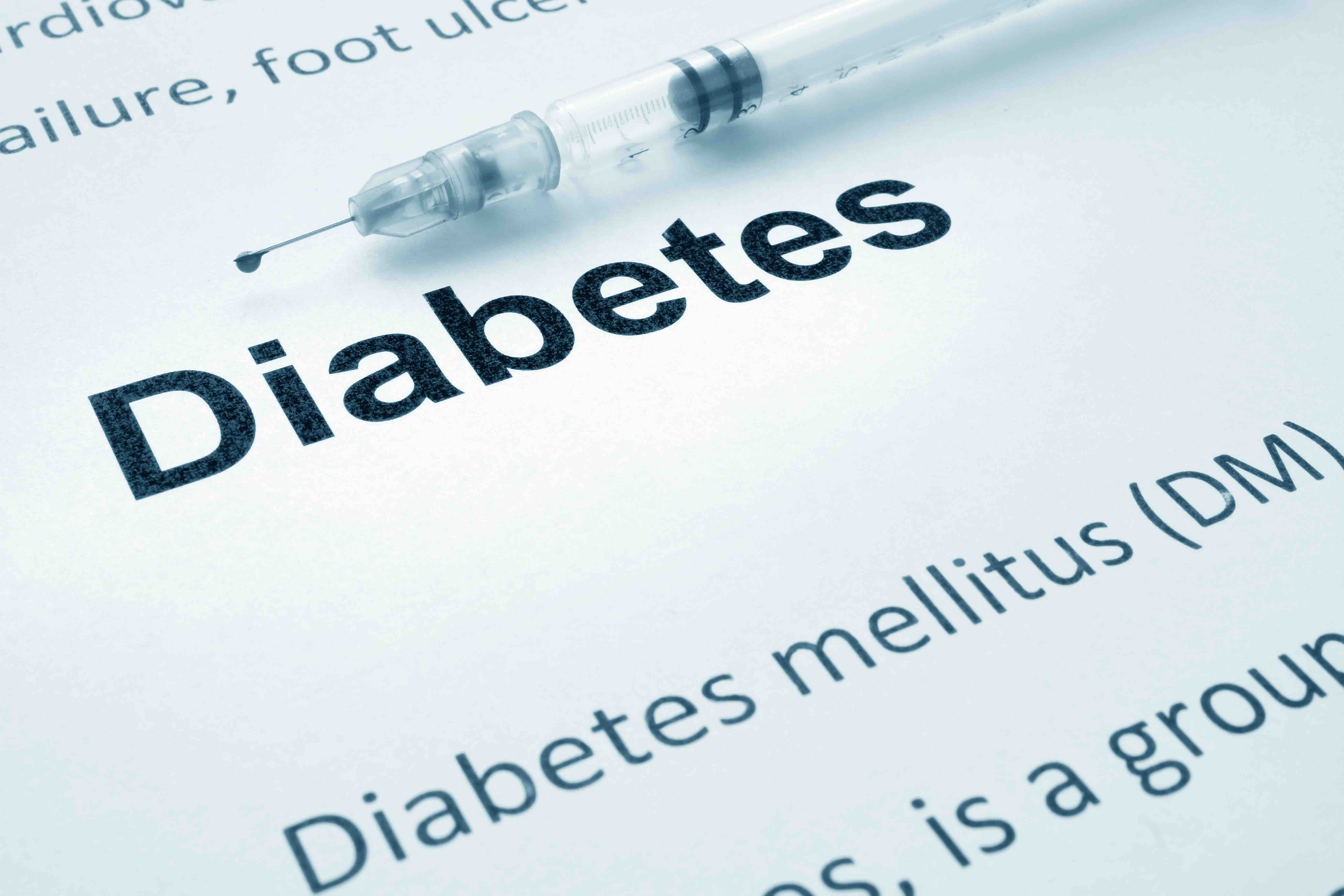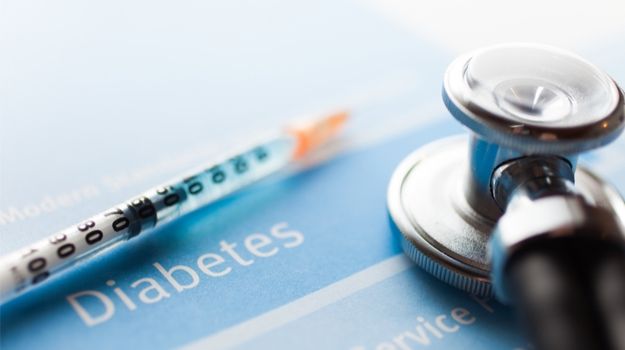Article
Today Is Diabetes Alert Day. Are You at Risk?
Author(s):
An estimated 29.1 million Americans have diabetes; most have type 2 disease. While the CDC reported in December that new cases had fallen for the first time in a generation, there are disparities in who gets the disease. It hits harder among the poor and minorities.
The fourth Tuesday in March is set aside by the American Diabetes Association as “Alert Day,” an opportunity to raise awareness of risk factors associated with type 2 diabetes. In 2012, 29.1 million Americans, or 9.3% of the population, had diabetes; all but 1.25 million have type 2 diabetes (T2D).
The majority of Americans who have diabetes are undiagnosed; this includes many seniors. The ADA estimates that 11.8 million seniors have diabetes, both diagnosed and undiagnosed. That’s about 25.9% of the senior population.
About 1.4 million new cases are diagnosed each year. The good news is that last December, the CDC reported that new cases fell for the first time in a generation. The bad news is that disparities remain: most of the progress in preventing new T2D cases has come among the wealthy and better-educated. Members of minority populations have higher rates of T2D as well.
While diabetes can be managed, it can kill. It is the 7th leading cause of death; in 2010, 69,071 death certificates listed diabetes as the underlying cause, and 234,051 certificates listed it as at least a contributing cause.
A focus of the ADA, the CDC, and the American Medical Association is prevention. An estimated 86 million Americans have prediabetes, which means they have elevated blood glucose levels, but those levels are not high enough for a diabetes diagnosis. Arresting blood glucose levels before the person has full-blown diabetes can be achieved by making lifestyle changes, such as improving one’s diet or getting more exercise and sleep.
The ADA has an online test to gauge whether you are at risk for diabetes: It can be found by clicking here.
Common symptoms of diabetes include the need to urinate often, feeling thirsty and very hungry, feeling very tired, having blurry vision, having cuts or bruises that don’t heal, weight loss (type 1), or tingling or pain in the hands and feet (type 2).
Complications that can occur for poorly treated or untreated diabetes can include diabetic macular degeneration, which can lead to blindness; kidney damage, which can cause a patient to need dialysis, or poor circulation in the lower extremities that may lead to foot ulcers, or, in extreme cases, amputation.





